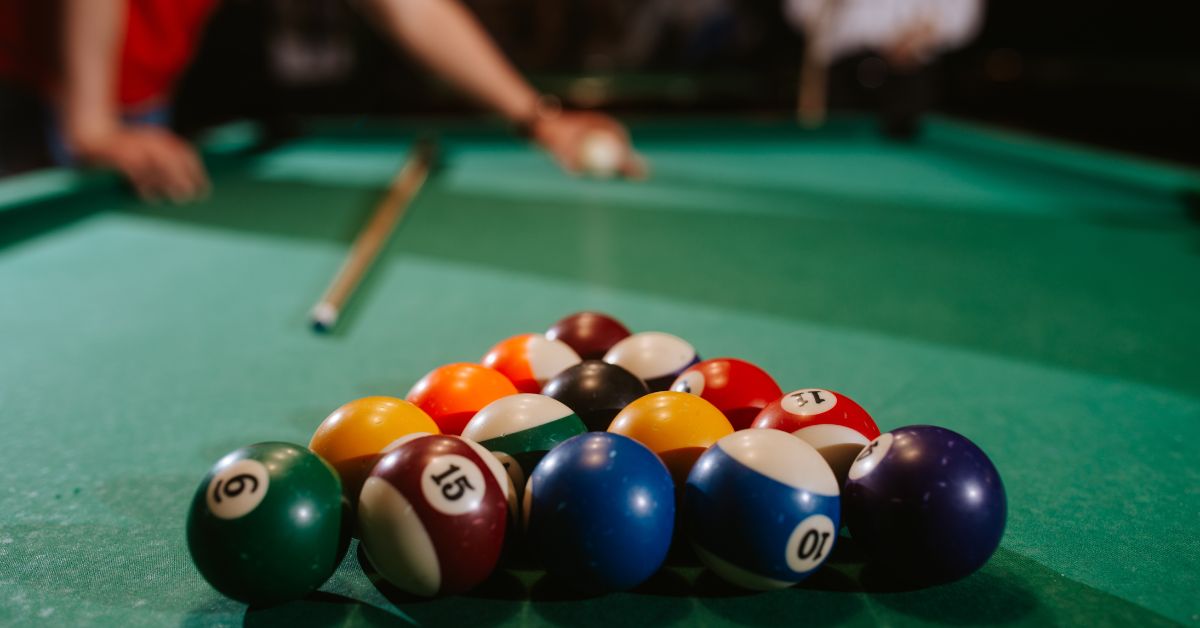What Is a Volley In Pickleball?
Pickleball is similar to other racquet sports in that it has many shots that can be used to win important points. Pickleball’s most important shot is the volley. Your ability to volley pickleball is crucial, regardless of whether it’s a single or doubles match.
Pickleball is a game where the ball doesn’t bounce. The game involves fast back-and-forth play with quick shots being fired from either side.
Why is the volley so crucial in pickleball?
You can win many pickleball points by using the volley technique. Your volley technique can make it possible to win or lose a lot of points in pickleball.
Tennis has many shots, including side spin, flat and slice, topspin and block, as well as crosscourt, forehand, and backhand. In comparison, pickleball has fewer shots namely dink, drive, block shot, and volley.
Volleys are a significant part of pickleball strategy, and pickleball play is more complex. It is essential that you learn how to volley pickleball.
Is there a ready stance for pickleball volleys?
In tennis and pickleball, the ready stance is used to prepare for the next shot. Most players will assume the ready stance prior to hitting a backhand, forehand, or volley.
Pickleball has a slightly different ready stance due to the kitchen rule. You must keep your paddle parallel to the net when you hit volleys.
This is the ideal pickleball-ready position that prepares you to take the next shot. Your reaction time will be improved by this stance and the positioning of your pickleball stick. Your opponent will most likely try to reach the kitchen with you; therefore, it is important to execute the shot in the shortest time possible.
This ready stance allows you to switch quickly between a pickleball volley or forehand by simply changing your wrist. This will ensure that you are ready for any shot.
There are many types of pickleball volleys
All shots can be executed forehand or backhand. However, the volleys are divided into four distinct shots.
- Reactive Volley
Reactive hits are defensive shots that aim to keep the point alive. A reactive volley shot is a shot that doesn’t require any follow-through. The paddle face is not open or closed.
- Push Volley/Dink Volley
It’s often used in conjunction with the dink shot and is the most popular type of pickleball volley shot. Push volley gives you more time to react, so you can drive your response shot towards the opponent with either an open or slightly closed paddle face. Keep your face slightly open when pushing up. Keep your face slightly open when you push up.
- Roll Volley
A roll shot is an offensive shot that involves a bit of topspin on your ball. With an open paddle face, you should use a simple wrist flick and a stroke that goes from low to high paddle.
- Catch Volley
The catch is the hardest shot. This is used to stop a quick response from your opponent. This shot is designed to counter the opponent’s fast response by adding a backspin. The ball is sliced so that it creates a backspin. This slows down the ball.
How to hit a Forehand Volley in Pickleball
Forehand volleys are usually performed when your opponent is in the vicinity of the kitchen or beyond the mid-quarter. Forehand volleys can be either softly placed or driven hard to knock your opponent off balance.
Forehand volleys require that the paddle face is in line with the net. After you have established the angle, it is time to focus on how you hold the paddle. The grip should be held at 45 degrees, i.e. The continental grip. While you are doing this, make sure your hands and wrists are steady. Your wrist should be fully firm as you push the paddle forward. The goal is to guide the paddle in the opposite direction with stability.
Pickleball: Forehand Volley
- Take the prepared stance
- Keep your paddle face straight
- Keep the paddle in a continental grip
- Stabilize your wrists
- You should use very little arm movement. You should punch with a movement that only moves your arm a few inches.
- Bring the paddle back
- Hit the shot, punch through the volley and direct the ball away from your opponent.
This post was written by Kristian D’an, a pickle pall specialist with Pickleball Connection. Pickleball Connections is a private club offering the latest news, training, sportswear, supplements, and more. For exclusive deals, and to stay up to date on everything Pickleball click here for more information.



